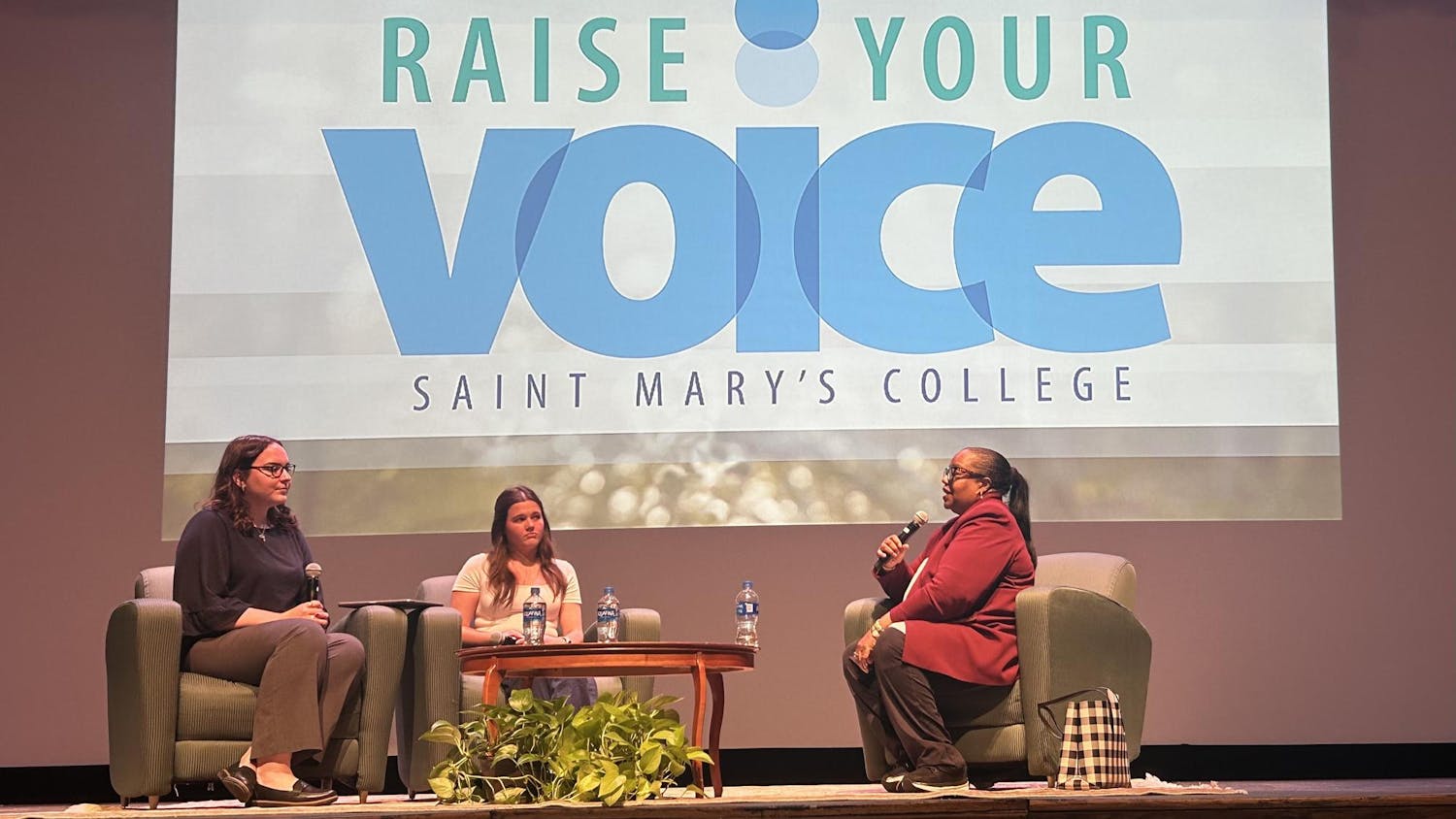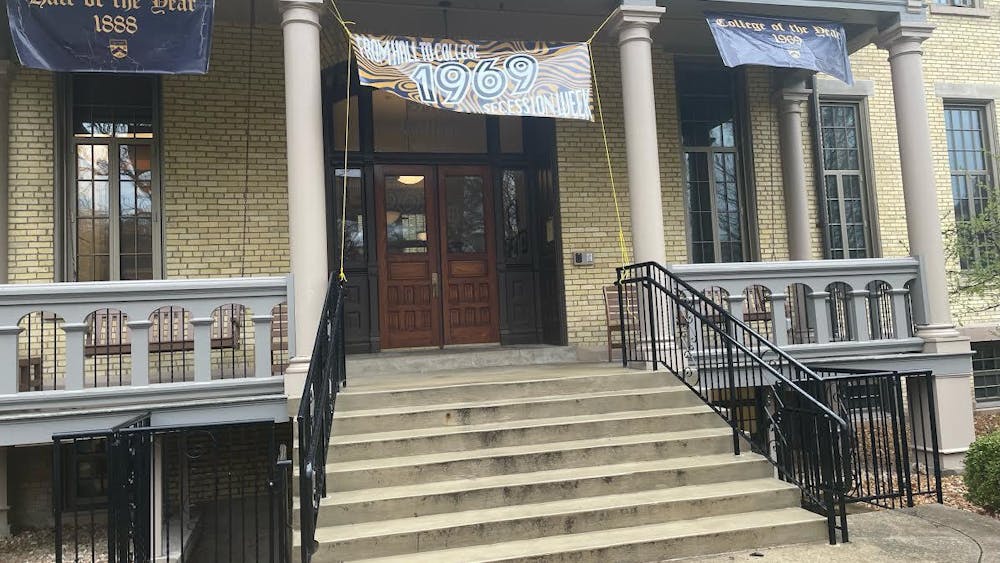This fiscal year, the total materials acquisition budget for Hesburgh Library is $12.3 million. While this number fluctuates year to year depending on endowments, which currently account for 53 percent of that budget, it is still enough to allow the library to grow.
“Over the year, we add around 50,000 [print books] to the collection, although that number is kind of fuzzy,” Robert Simon, head of acquisition services, said. “Is it new things we’ve ordered, is it gift books that have come in, have we maybe purchased a large collection? Not all of those are one-off purchases.”
Simon said the “very intensive process” of acquiring books is left largely up to the over 30 librarians devoted to various subjects.
“The librarians make the decisions on what to purchase,” he said. “They’re evaluating the collections, they’re looking at the research that’s being done on campus, trends and making decisions accordingly. They’re submitting suggestions.
“The way those orders get placed can come across many different ways. It could be individual orders, it could be approval orders — there’s lots of different methods on how we get the things, but the decisions on what’s purchased are made primarily by the subject librarians or a group of subject librarians doing the collection development work.”
Currently, more than half of the books being added to the collection come in “on approval,” which means books that fit a certain profile are automatically sent to the University, a practice that Simon said has been around for decades.
“A lot of the work is setting up profiles for each subject and each vendor and it depends,” he said. “Every subject’s different as far as what the funding levels are and what they’re looking for. For example, in theology — large program here, Catholic university — we have several endowments to support that. If we’re going to buy all the university press books in theology, instead of us placing all of those orders, one off and that, they’re just sent on approval. They’re sent automatically.”
Sarah Kasten, supervisor of interlibrary loan and acquisitions services, said librarians pick and choose the rest of the books being added, which account for 40–50 orders a day.
“There are a lot of different way that vendors selling books to libraries make suggestions for purchases,” she said. “They can send our selector librarians list of individual titles every week and people can pick and choose from that.”
Recently, the Library opened a shelving annex off-campus to account for the expansion of the collection, as well as the one million volumes Simon said had to be moved during the renovations. The books moved include journals that are available online, all the backfiles of journals and books that haven’t been checked out in a certain amount of time.
“When this building was built 50 years ago, Fr. Hesburgh said it would last 50 years and we’d be able to fill it for 50 years and we essentially did,” Simon said. “We had over 4 million volumes in the building and its original capacity was only [2.5 million]. … Every major research library has one or more off-site storage facilities. Materials kept out there are accessible within a day. They’re not being discarded, they’re just being kept there because they’re less-used.”
Just like in any industry, Simon said the Library needs to stay up to date on changes, which means a lot of materials are being made available online — only four to five percent of the Library’s funds are spent on print journal subscriptions.
“There are a lot of ideas, especially with e-books, that allow different forms of acquisition — we make a lot of e-books available in the categories, but we don’t pay until people read them and then we add them to the collection,” he said. “That’s something that wasn’t even an option ten years ago, but now it’s extremely common.”
Each purchase the library makes is a commitment, Kasten said. While students and faculty can request purchases online, the librarians also need to consider the place of the volume in context of the entire collection.
“I think there’s a lot of push to redesign acquisition processes so they’re more responsive to patron needs, but I think on our end, because we’re a research library, we want to create access to the materials the students and the faculty want, but there’s also that question of what’s going to be important to have in this library in 20 or 30 years,” she said. “Balancing the immediate needs of the students and the researches versus what this library is and what this collection is and should be, is a line we walk.”













